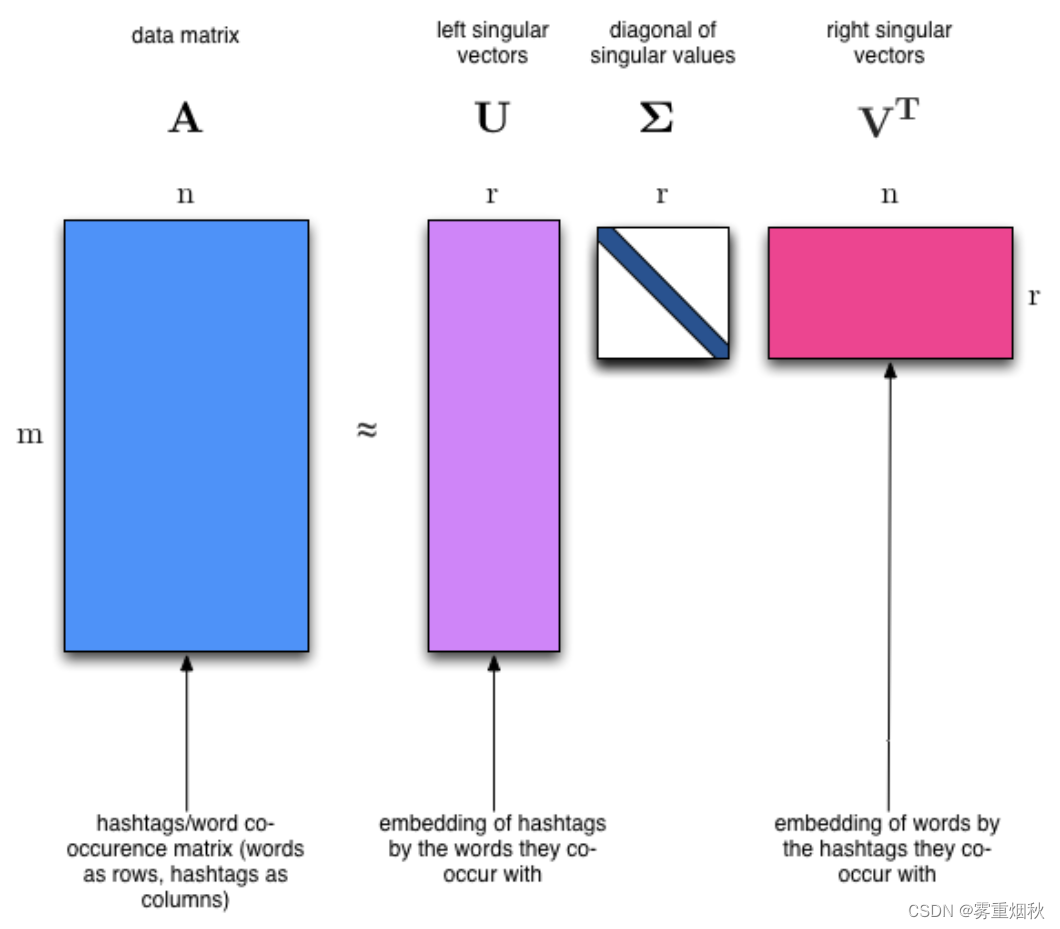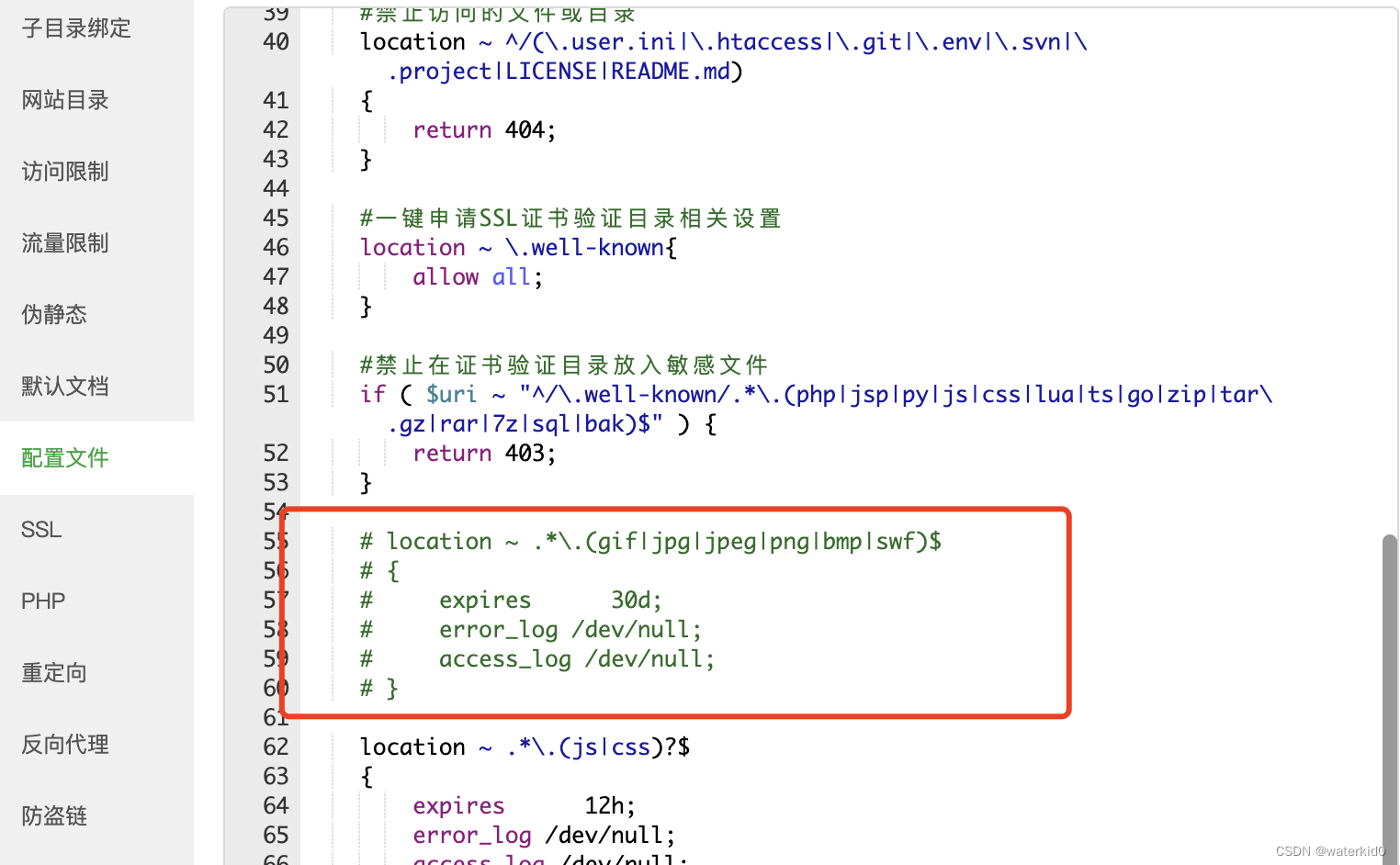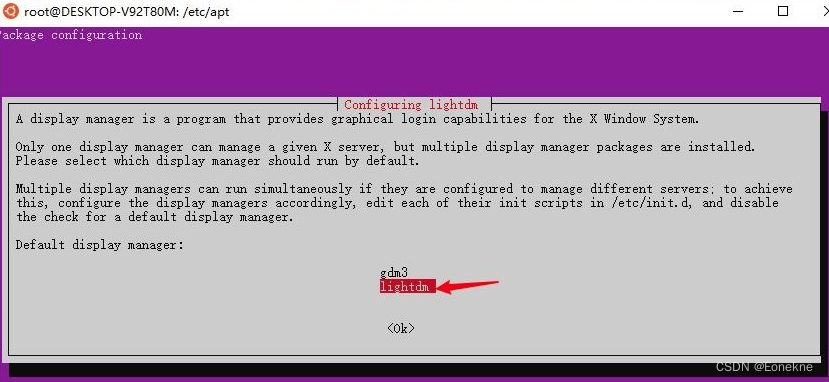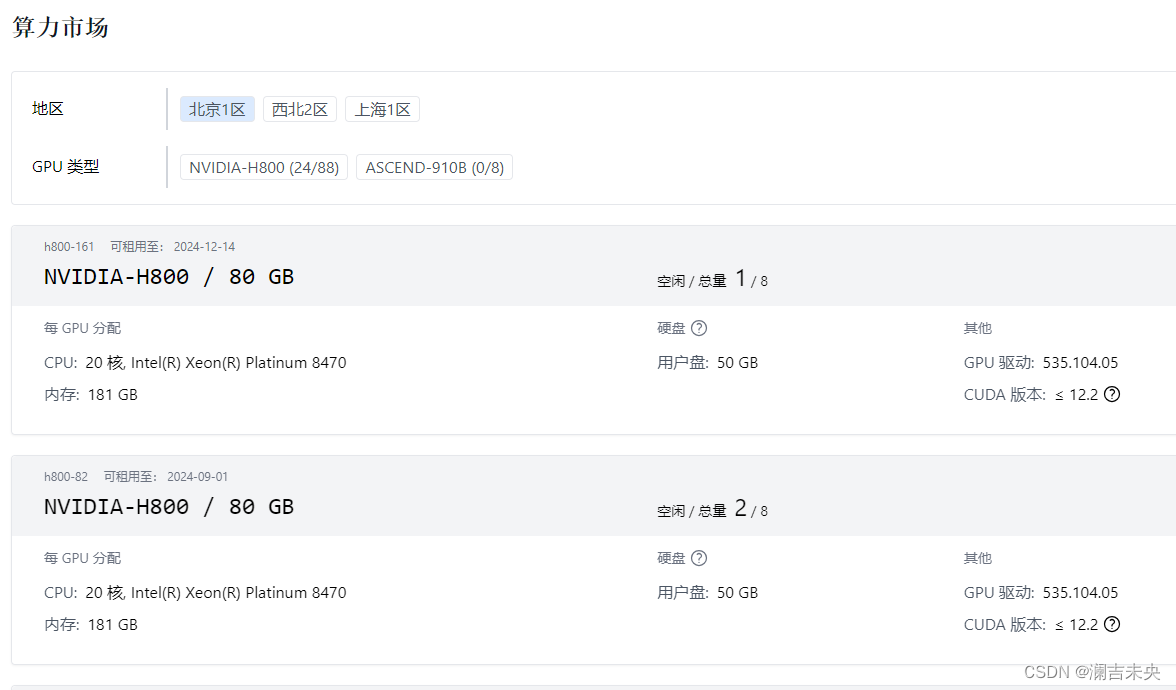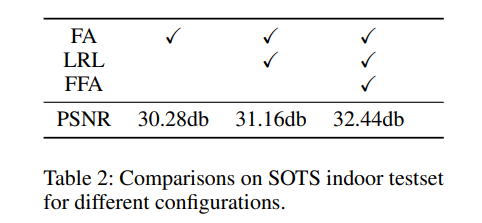数学原理及算法过程
Delaunay 三角剖分是一种特殊的三角剖分方法,它满足以下两个重要性质:
- 最大化最小角性质:Delaunay 三角剖分通过避免细长的三角形来最大化所有三角形的最小角。
- 空外接圆性质:在 Delaunay 三角剖分中,每个三角形的外接圆不包含任何其他点。这意味着,对于三角剖分中的任意三角形,其外接圆内没有其他输入点。
基于这些性质,Delaunay 三角剖分算法的一种实现方式是 Bowyer-Watson 算法,这是一种增量算法。以下是具体的算法步骤:
算法过程
- 初始化超级三角形:
- 创建一个足够大的超级三角形,包含所有输入点。这个三角形的三个顶点坐标远离实际输入点的范围,使其能够覆盖所有点。
- 逐点插入:
- 对于每个输入点,找到所有包含该点的外接圆的三角形。这些三角形被称为“坏三角形”。
- 构建多边形:
- 对于所有坏三角形,它们的每条边,如果只被一个坏三角形共享,则称其为边界边。这些边将形成一个多边形。
- 删除坏三角形:
- 将所有坏三角形从三角剖分中删除。
- 重新三角化多边形:
- 用新插入的点和多边形的边构成新的三角形,并将这些三角形加入三角剖分中。
- 移除超级三角形的影响:
- 在所有点都插入后,移除包含超级三角形顶点的所有三角形,得到最终的 Delaunay 三角剖分。
数学原理
-
外接圆计算:
- 对于每个三角形,计算其外接圆。外接圆的圆心(外心)和半径可以通过三角形顶点的坐标计算。
- 设三角形顶点为
(
x
1
,
y
1
)
,
(
x
2
,
y
2
)
,
(
x
3
,
y
3
)
(x_1, y_1), (x_2, y_2), (x_3, y_3)
(x1,y1),(x2,y2),(x3,y3)。外接圆的圆心
(
u
,
v
)
(u, v)
(u,v) 计算如下:
d = 2 ( x 1 ( y 2 − y 3 ) + x 2 ( y 3 − y 1 ) + x 3 ( y 1 − y 2 ) ) d = 2 \left( x_1(y_2 - y_3) + x_2(y_3 - y_1) + x_3(y_1 - y_2) \right) d=2(x1(y2−y3)+x2(y3−y1)+x3(y1−y2))
u = ( ( x 1 2 + y 1 2 ) ( y 2 − y 3 ) + ( x 2 2 + y 2 2 ) ( y 3 − y 1 ) + ( x 3 2 + y 3 2 ) ( y 1 − y 2 ) ) d u = \frac{((x_1^2 + y_1^2)(y_2 - y_3) + (x_2^2 + y_2^2)(y_3 - y_1) + (x_3^2 + y_3^2)(y_1 - y_2))}{d} u=d((x12+y12)(y2−y3)+(x22+y22)(y3−y1)+(x32+y32)(y1−y2))
v = ( ( x 1 2 + y 1 2 ) ( x 3 − x 2 ) + ( x 2 2 + y 2 2 ) ( x 1 − x 3 ) + ( x 3 2 + y 3 2 ) ( x 2 − x 1 ) ) d v = \frac{((x_1^2 + y_1^2)(x_3 - x_2) + (x_2^2 + y_2^2)(x_1 - x_3) + (x_3^2 + y_3^2)(x_2 - x_1))}{d} v=d((x12+y12)(x3−x2)+(x22+y22)(x1−x3)+(x32+y32)(x2−x1))
r = ( x 1 − u ) 2 + ( y 1 − v ) 2 r = \sqrt{(x_1 - u)^2 + (y_1 - v)^2} r=(x1−u)2+(y1−v)2
import matplotlib.pyplot as plt
import numpy as np
class Point:
def __init__(self, x, y):
self.x = x
self.y = y
class Triangle:
def __init__(self, p1, p2, p3):
self.p1 = p1
self.p2 = p2
self.p3 = p3
self.circumcenter, self.circumradius = self.circumcircle()
def circumcircle(self):
"""Calculate the circumcenter and circumradius of the triangle."""
ax, ay = self.p1.x, self.p1.y
bx, by = self.p2.x, self.p2.y
cx, cy = self.p3.x, self.p3.y
d = 2 * (ax * (by - cy) + bx * (cy - ay) + cx * (ay - by))
ux = ((ax*ax + ay*ay) * (by - cy) + (bx*bx + by*by) * (cy - ay) + (cx*cx + cy*cy) * (ay - by)) / d
uy = ((ax*ax + ay*ay) * (cx - bx) + (bx*bx + by*by) * (ax - cx) + (cx*cx + cy*cy) * (bx - ax)) / d
circumcenter = Point(ux, uy)
circumradius = np.sqrt((ax - ux)**2 + (ay - uy)**2)
return circumcenter, circumradius
def contains_point(self, p):
"""Check if the point p is inside the circumcircle of the triangle."""
return np.sqrt((p.x - self.circumcenter.x)**2 + (p.y - self.circumcenter.y)**2) < self.circumradius
def delaunay_triangulation(points):
"""Perform Delaunay triangulation on a set of points."""
super_triangle = Triangle(Point(-1e5, -1e5), Point(1e5, -1e5), Point(0, 1e5))
triangulation = [super_triangle]
for p in points:
bad_triangles = []
for tri in triangulation:
if tri.contains_point(p):
bad_triangles.append(tri)
polygon = []
for tri in bad_triangles:
for edge in [(tri.p1, tri.p2), (tri.p2, tri.p3), (tri.p3, tri.p1)]:
is_shared = False
for other in bad_triangles:
if other != tri and (edge in [(other.p1, other.p2), (other.p2, other.p3), (other.p3, other.p1)] or edge[::-1] in [(other.p1, other.p2), (other.p2, other.p3), (other.p3, other.p1)]):
is_shared = True
break
if not is_shared:
polygon.append(edge)
for tri in bad_triangles:
triangulation.remove(tri)
for edge in polygon:
triangulation.append(Triangle(edge[0], edge[1], p))
triangulation = [tri for tri in triangulation if not (super_triangle.p1 in [tri.p1, tri.p2, tri.p3] or super_triangle.p2 in [tri.p1, tri.p2, tri.p3] or super_triangle.p3 in [tri.p1, tri.p2, tri.p3])]
return triangulation
def plot_triangulation(triangles, points):
for tri in triangles:
plt.plot([tri.p1.x, tri.p2.x], [tri.p1.y, tri.p2.y], 'b-')
plt.plot([tri.p2.x, tri.p3.x], [tri.p2.y, tri.p3.y], 'b-')
plt.plot([tri.p3.x, tri.p1.x], [tri.p3.y, tri.p1.y], 'b-')
for p in points:
plt.plot(p.x, p.y, 'ro')
plt.show()
# Generate random points in the unit square
rectangle_corners = [Point(0, 0), Point(1, 0), Point(1, 1), Point(0, 1)]
random_points = [Point(np.random.rand(), np.random.rand()) for _ in range(20)]
points = rectangle_corners + random_points
triangles = delaunay_triangulation(points)
plot_triangulation(triangles, points)

